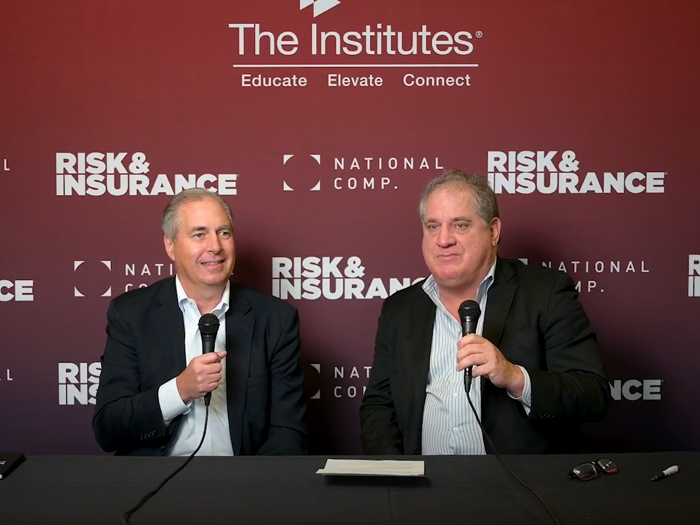Workers’ Compensation Industry Faces Administrative Overload as Technology Transformation Lags

The skills shortage presents another major hurdle, as organizations struggle to attract new talent while retaining experienced staff. In response, 72% of organizations now provide training for new hires with minimal experience, representing a notable jump from previous surveys.
However, gaps remain significant: 29% of participants report inadequate medical management training, and only 38% receive empathy training — a critical skill for assisting injured workers.
Technology transformation rounded out the top three challenges, with industry executives noting that while technological advancement is heavily promoted, actual innovation remains largely conceptual.
Nearly half of respondents, or 44%, said their organization has not implemented tools to improve injured worker communication, up slightly from 43% in 2019. The remainder reported using text messaging, 37%, a webpage or injured worker portal, 29%, and mobile apps, 27%.
Balancing Digital Innovation with Human Connection
Industry leaders emphasize that successful transformation requires maintaining human-centered claims management alongside digital advancement, the report said. Technology should handle repetitive administrative tasks, freeing professionals to focus on complex cases and personal interactions with injured workers.
The research reveals automation of administrative tasks and regulatory requirements would provide the most value to frontline staff. About a third of claims professionals, or 35%, said that automation of administrative tasks, such as form filing or other regulatory, requirements would be the most helpful. the next most helpful, at 17% each, were automation of claims tasks and prescriptive analytics to determine which activities would achieve the best claims outcome.
Industry leaders participating in focus groups stressed that technology must complement, not replace, the expertise and compassion of claims professionals.
“This approach not only preserves human connection but also builds trust, ensures equitable service and enhances customer satisfaction.” the report’s authors said. “By fostering collaboration between technology and human expertise, organizations can cultivate future-ready claim operations that remain inclusive and adaptable.”
Retaining and recruiting talent is critical, the report said, citing a 2024 Aon/Jacobson Group study that found “demand for claims professionals in the property and casualty sector has reached the highest level in the study’s 13-year history.”
While hybrid and remote work models are removing geographic constraints from the talent pool, they also bring their own challenges, the report noted. Maintaining culture, innovation and skills training require innovation on the part of employers.
The survey found that employers are providing training to frontline claims professionals in the following areas: customer service skills, 55%, up from 48% in 2019; communication skills, 51% up from 43%; and active listening skills, 51% up from 32%.
Strategic Priorities for Industry Leaders
The study outlined several high-impact strategies for implementation over the next one to three years. Vendor portal integration topped the list, centralizing access to preferred providers through marketplace solutions that enhance efficiency and reporting capabilities.
Claims automation through advanced communication tools represented the second priority, enabling streamlined interactions via automated texts, emails and dedicated applications. Artificial intelligence and analytics follow as the third strategy, offering auto-transcription services, predictive modeling and fraud detection capabilities.
Organizations should consider using medical-only claims as low-risk testing environments for new technologies, allowing them to demonstrate return on investment before broader implementation. Finally, engaging frontline claims professionals in designing and implementing AI solutions ensures practical adoption and user acceptance, the report said.
Obtain the full report here. &










